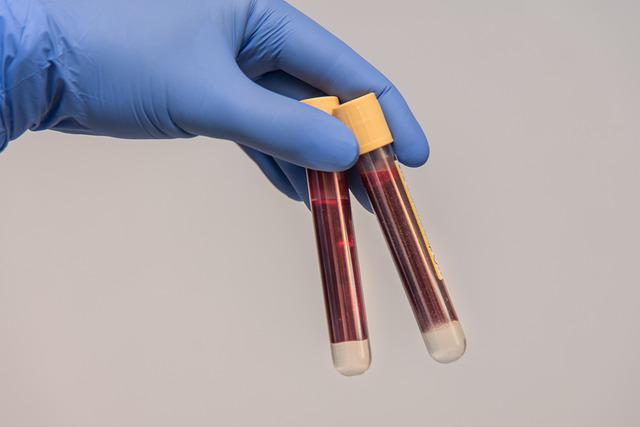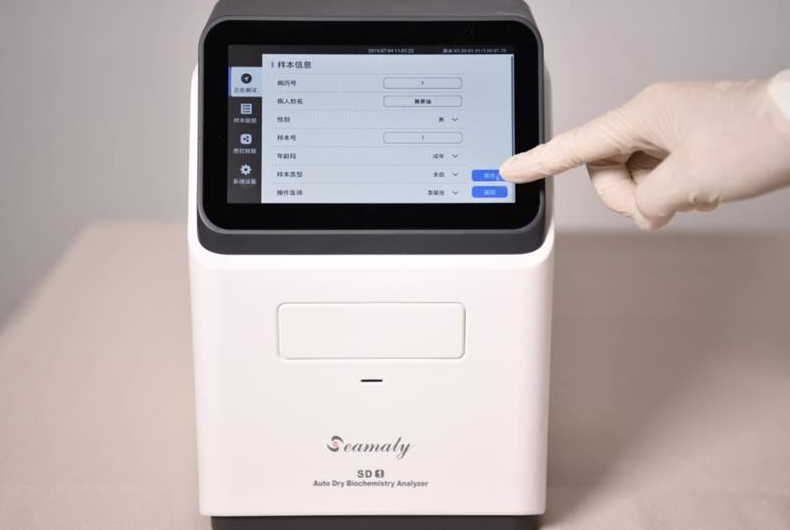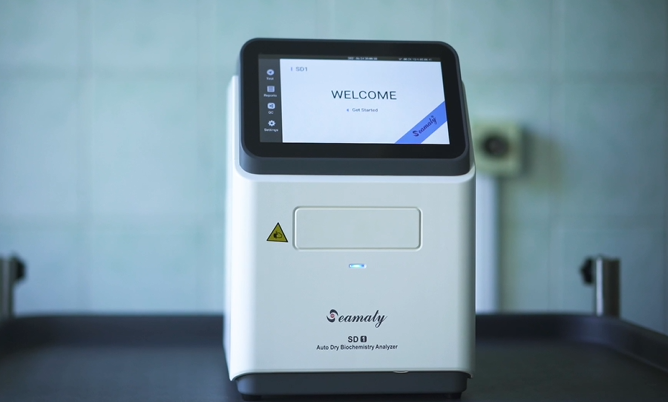Nowadays, people's material life is becoming more and more affluent, and foodies can hardly resist the temptation of various kinds of food. The number of people with high
blood lipids is also increasing. Many patients with fatty liver, thrombosis and obesity often have high blood lipids. In addition, patients with advanced digestive diseases and tumours are often clinically encountered with fatty milk infusion as a parenteral nutrition supplement, leaving the patient's blood specimen in a distinctly fatty state.
It is not uncommon for examiners to encounter lipidaemia in their daily work. And lipaemia interferes with many tests. For the accuracy of the test and the validity of the results, it is important to understand how lipaemia can interfere with the test? What can be done to reduce or even eliminate this interference?

01 What tests does lipidaemia interfere with?
1. Routine blood tests
Mild lipidaemia has little or no effect on
blood tests. Moderate to severe lipidaemia can interfere with routine blood tests by causing high results for haemoglobin (Hb), mean erythrocyte haemoglobin content (MCH) and mean erythrocyte haemoglobin concentration (MCHC).
When serum triglyceride (TG) concentrations in blood are < 4.02 mmol/L, the effect on the haematology analyser is small and negligible. At blood TG concentrations > 4.02 mmol/L, Hb, MCH and MCHC results were proportional to the increase in TG concentration.
When severe anaemia is encountered, the extent to which Hb is disturbed is inversely proportional to the concentration of Hb itself. That is, the lower the Hb value, the greater the interference, as shown in Figure 2. This suggests that the greater the need to correct for interference from high TG in specimens from severely anaemic patients:. Otherwise, high TG in the blood can cause a false increase in Hb, which can easily mask the patient's true condition and may even delay the patient's treatment.
2. Coagulation
Clinical lipid specimens have an impact on the results of prothrombin time (PT), activated partial thromboplastin time (APTT), prothrombin time (TT) and fibrinogen (Fbg) measurements. This is mainly determined by the principle of the assay. Lipid blood has less influence on the magnetic bead method and the manual method. It has a greater impact on instruments that generally use optical systems for testing. It can lead to high or undetectable results for PT, APTT, FIB, TT, etc. It also has an effect on the detection of D-dimers.
Mild lipidaemia can lead to high results for total bilirubin (TBIL), direct bilirubin (DBIL), glucose (GLU) and ghrelin (ALT). Severe lipidaemia may result in significant increases in TBIL and DBIL, while ALT, AST and BUN may not even be detected. Low results for total protein (TP), creatinine (CREA), etc. Electrolyte items such as potassium, sodium and chloride are less affected by lipaemia using the electrode method, but are greatly affected by lipaemia using the enzyme method.
4. Others
Lipaemia can also have an effect on chemiluminescence tests. Lipidaemia can lead to abnormally high levels of free triiodothyronine (FT3) and free tetraiodothyronine (FT4). It can also lead to low HBV DNA test results.
02 How can I rule out lipidemia from interfering with my test results?
1. Counting methods
This method is mainly used for the correction of some routine blood tests. When the TG concentration in the blood is ≥ 14.46 mmoL/L, the white blood cell count (WBC) rises with the TG concentration. The results should be based on the manual method of counting.
The effect of lipaemia on platelets (PLT) is negligible. However, specimens from patients with certain haematological diseases, idiopathic thrombocytopenic purpura (ITP), cirrhosis, etc., are often encountered in the course of work. The small number of PLTs and the interference of lipid particles can lead to high results, which also need to be corrected by manual counting.
When the alarm bar of the automated haematology analyser indicates 'celiac/Hb interference', or when the plasma appears partially milky and cloudy after whole blood resting, or when microscopic examination reveals a large number of uncoloured fat globules of varying sizes, a lipid specimen should be highly suspected. At this point, if the test result has been confirmed, the clinician should be contacted for interpretation. Explain the situation and perform a manual count retest to avoid errors.
2. Dilution method
This method is mainly used for biochemical specimens. Manual dilution of the specimen with saline can reduce the effect of lipidemia to some extent. However, the diluted specimen may lead to some bias in the results due to matrix effects. Also the dilution of blood specimens may result in the concentration of a substance being lower than the detection limit for that substance. These factors can be largely predicted by long experience of working with dilution multiples.
Some studies have reported significant improvements in the biochemical items ALT, AST, TP and CREA after treatment of lipid blood with the organic solvent ether. However, the BUN was disturbed by the ether and the accuracy was reduced.
The effect of lipid blood on common clinical biochemicals was eliminated by the use of alpha-cyclodextrin (α-CD). After treatment with α-CD, the serum of patients with lipidaemia showed significant improvement in the results of all routine biochemical parameters except TP and α-amylase (α-AMY). The values are closer to the true values.
3. High-speed centrifugation method
This method is mainly used for the determination of coagulation and biochemical specimens. The use of high-speed centrifugation to clarify lipid blood is the simplest and most feasible way to eliminate the effect of high lipid blood on biochemical instrumentation. After centrifugation, the lipid is stratified and the clarified portion at the bottom of the tube is taken for testing, thus avoiding the effect of lipid on the optical system. The use of high speed centrifugation to clarify lipid blood can also improve the detection of genetic items. Alternatively, taking the lipid blood after hexane treatment does not affect the coagulation test.
4. Direct testing
No special treatment is required and the test is performed directly on the machine. If the test does not produce a result, it can be diluted automatically using the instrument. If a result is obtained, make a note of it or communicate directly with the clinician to avoid misinformation. If the result is still inconclusive, contact the clinician to explain the lipid profile. It is recommended that a new blood test is carried out at an appropriate time.
Summary
The impact of lipidemia on test results should not only be a concern for us as laboratory doctors, but also for clinicians. Clinicians should always advise patients to fast for 8 hours before the blood is drawn, eat a light diet at night and get enough sleep. This will ensure that the blood is drawn in the best possible condition the next day and will result in a more accurate test result.
Of course, it is also difficult to avoid lipid samples. Hyperlipidaemia has a significant impact on routine blood tests, biochemistry and coagulation. This requires the examiner to accumulate more knowledge and experience in general, to look up more information and learn more when problems are encountered, to provide timely feedback to the clinician and to communicate well.



